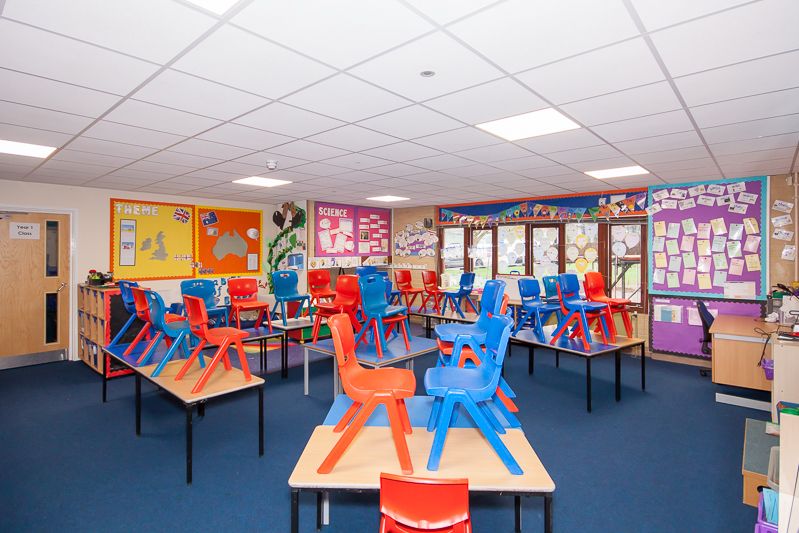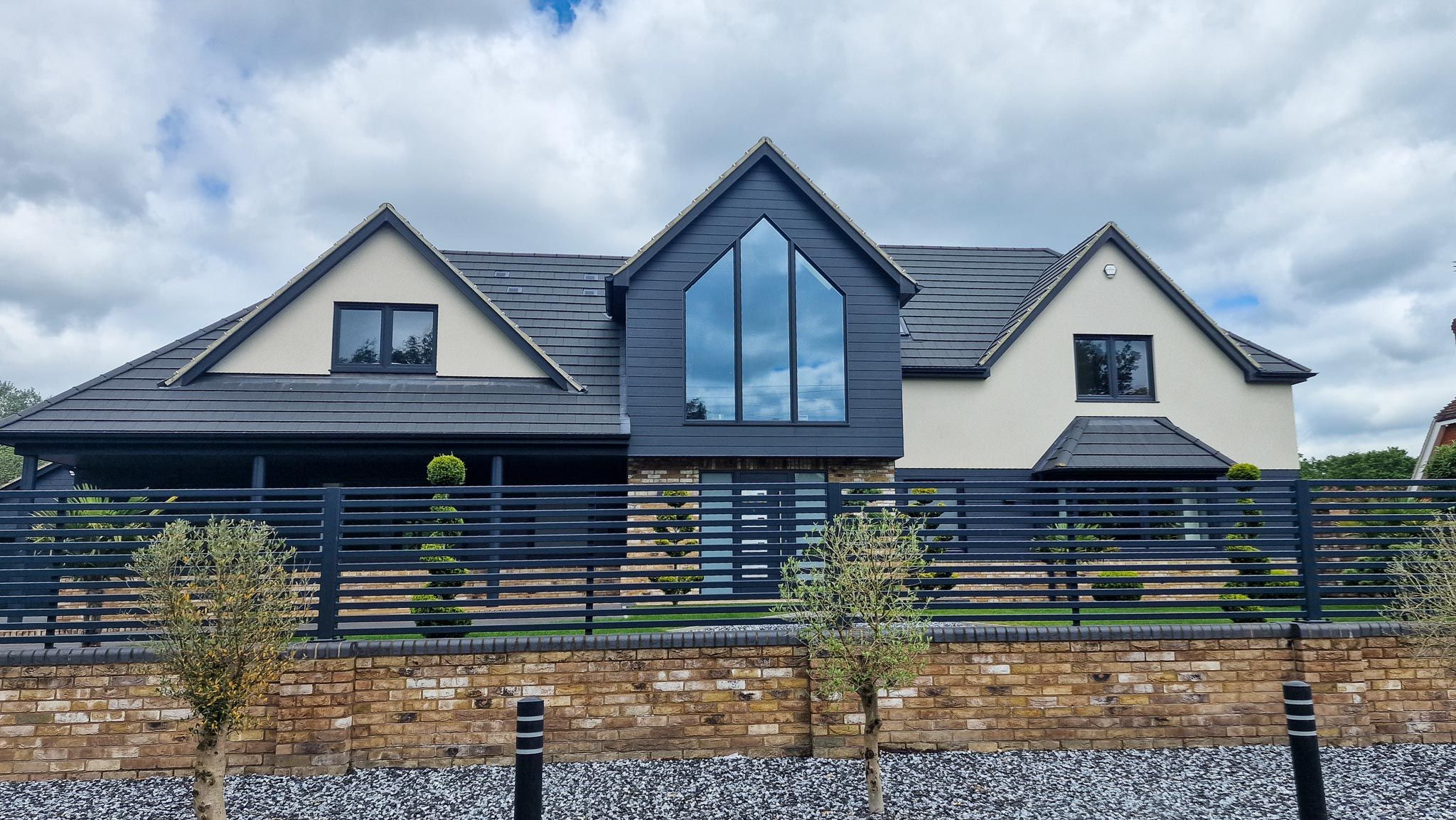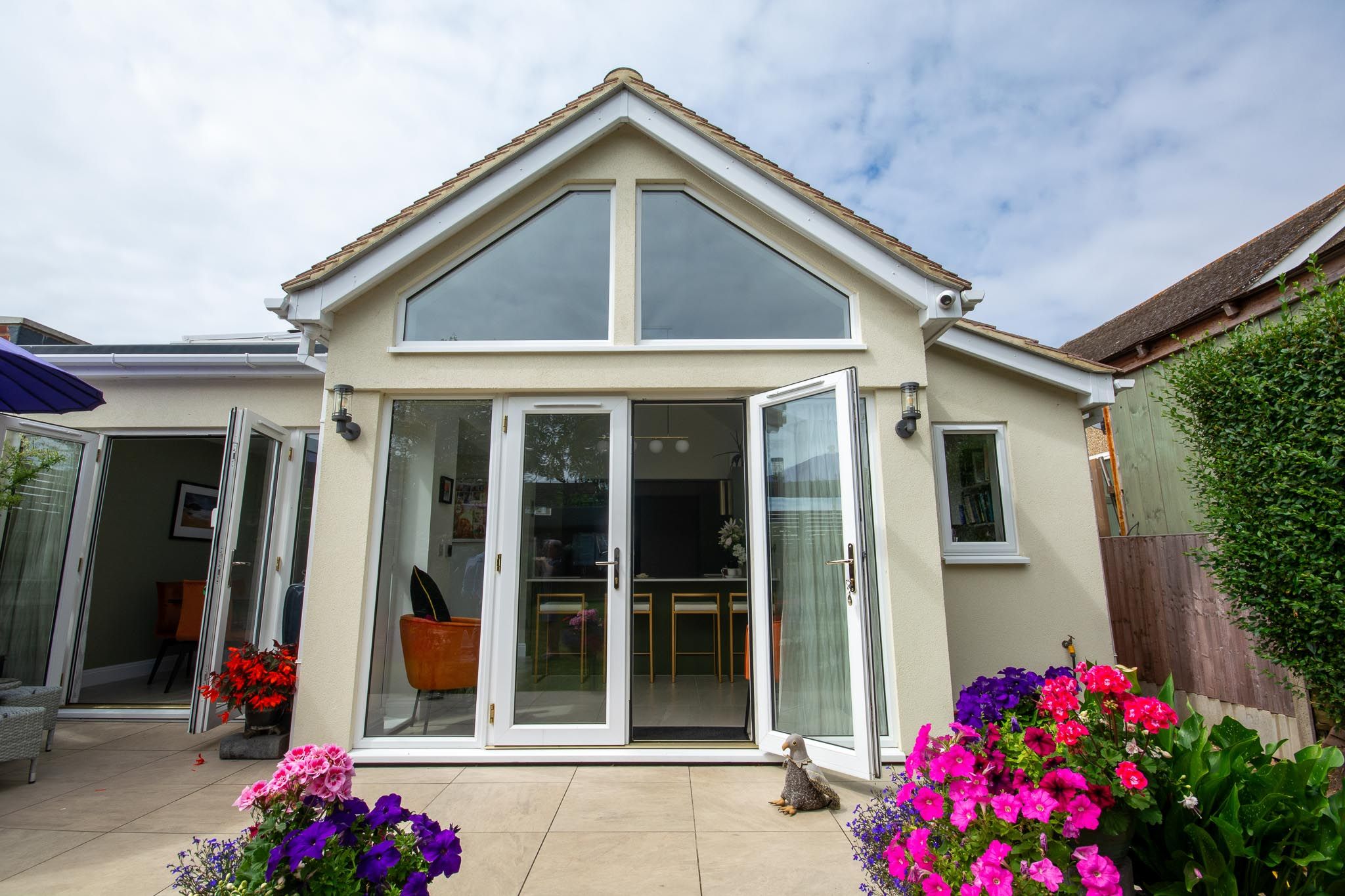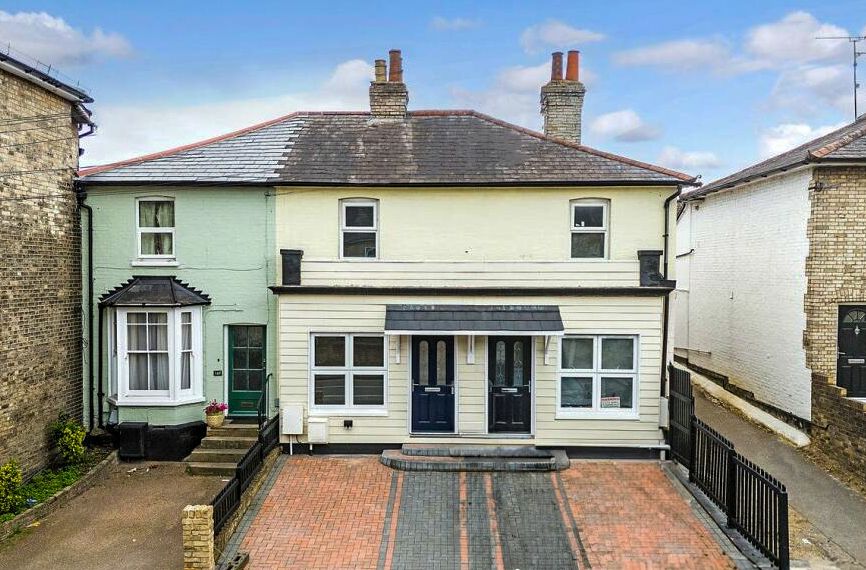Tag: Architectural Design
Architectural Design is central to a beautiful and functional space. Any individual or company wishing to start a building project, will need an architect to at least produce the required drawings.
Additionally, a good architectural practice such as Essex based Munday and Cramer can:
Manage the tender process for trades and services
Apply for planning permission and building regulations consent on your behalf
Manage the project throughout the build
Prepare budgets and ensure cost certainty
Complete feasibility studies
Choosing the right architect for you is a big commitment. Architectural design is subjective so they will need to not only fit with your budgetary constraints, but also share your vision for the completed build.
Choosing an Architect
The first thing to consider is that your proposed architect is registered with the relevant bodies. UK architects must register with the ARB (Architects Registration Board). Additionally, they can also choose to apply for accreditation with RIBA, RIAI or RIAS should they wish to acquire a Chartered status. Not only should prospective clients check an architect’s credentials, but also it might be wise to check what accreditation entails.
In the first place, builders and tradespeople can often recommend an architect. From that position, the client should employ the rule of (at least) three when gaining quotes. It is important to realise that not all architects will be experienced in all kinds of project. Do some research, ask for case studies of similar builds to your own, and follow up references.
Another key point, is to understand what your quote entails. Some architects will manage the planning application and building regulations process for you, others expect you to have this in hand. Similarly, some practices offer project management and engage trades on the client’s behalf – others simply provide a design drawing for contractors to work from.
Potential clients requiring assistance with any of these architectural services should contact Munday and Cramer on 01245 326200









